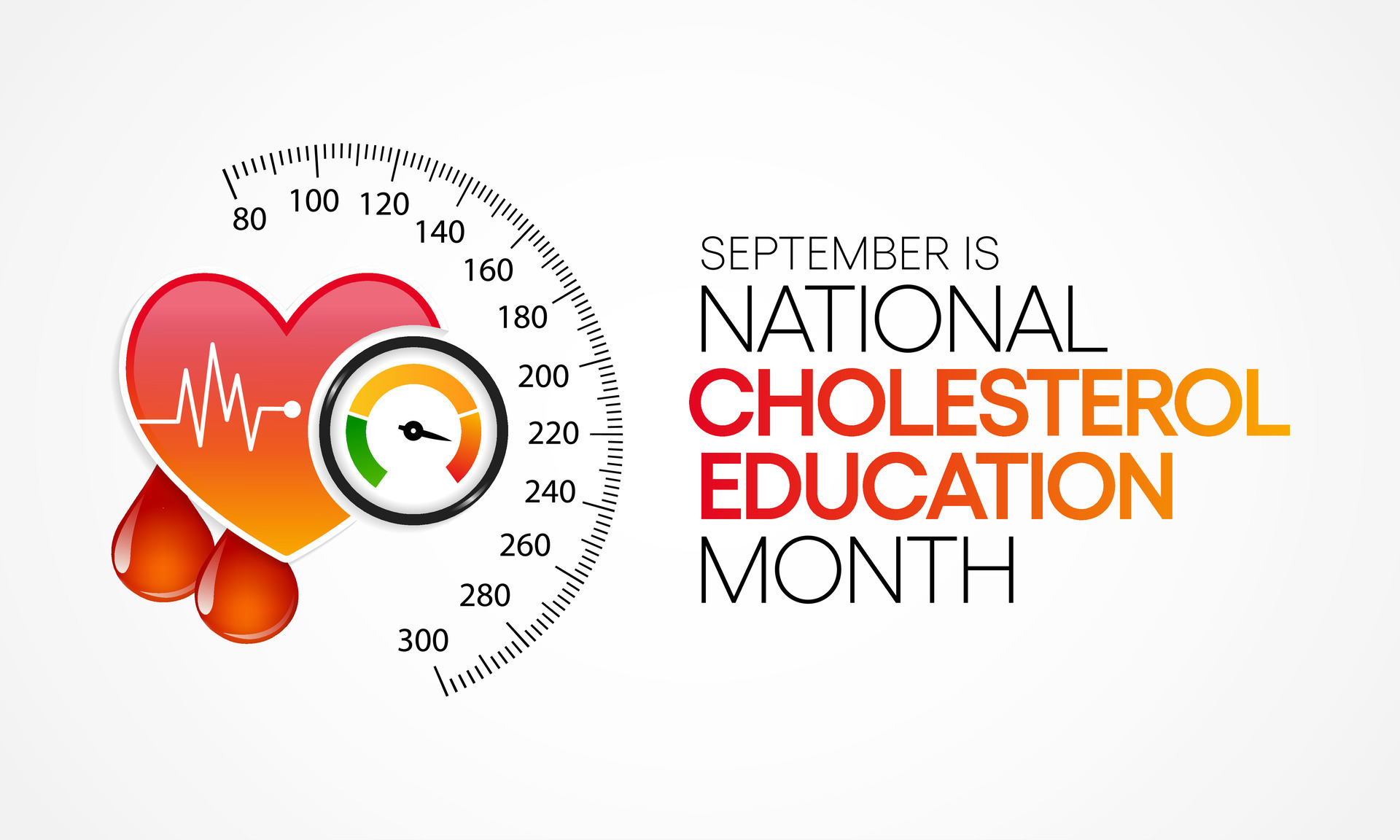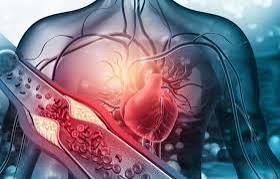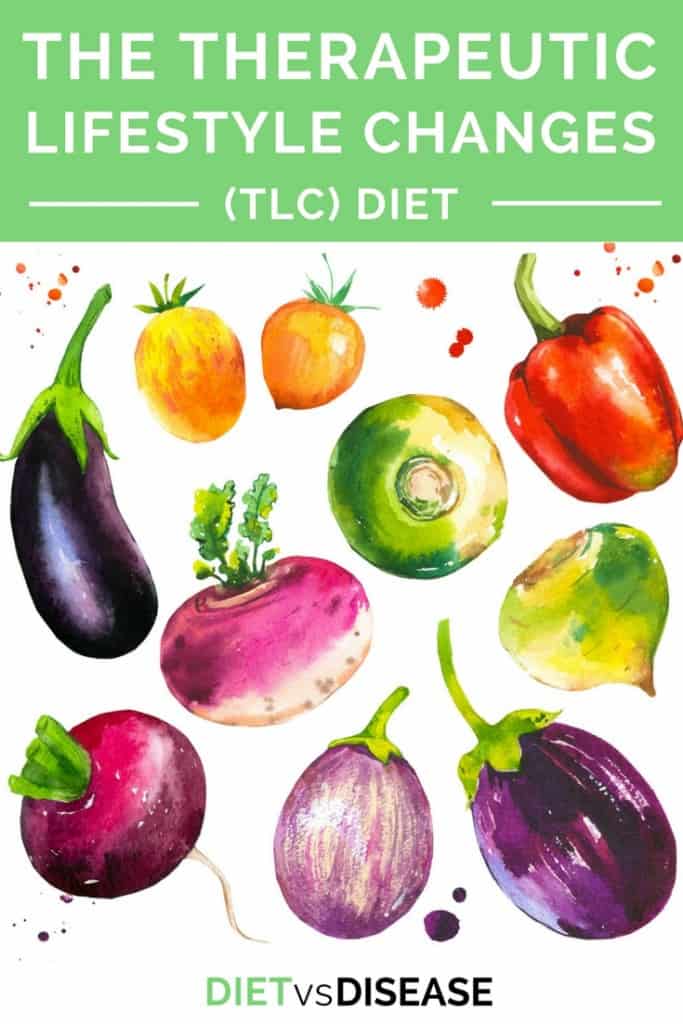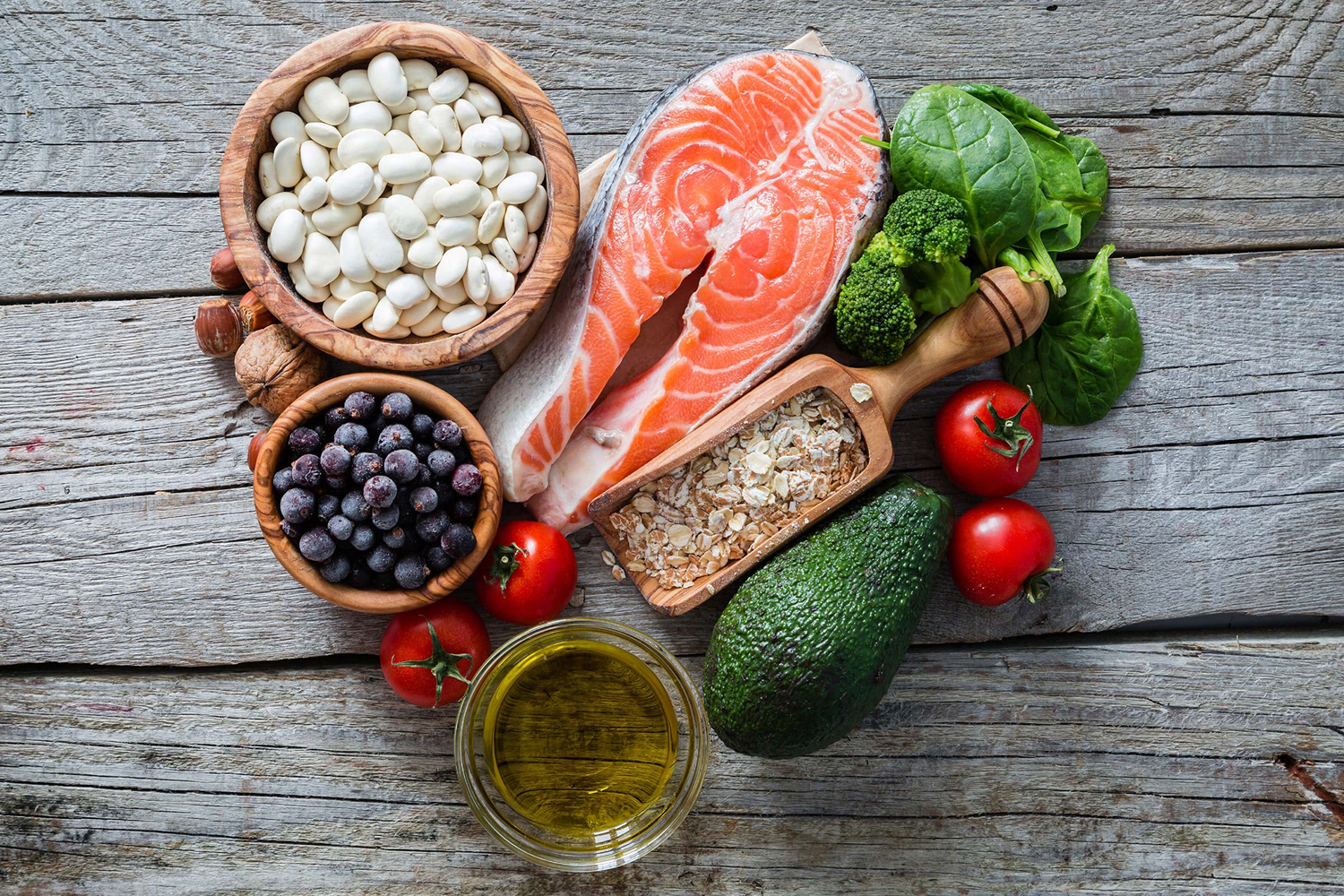
Health & Wellness 2024

September is National Cholesterol Education Month
September is National Cholesterol Education Month, making it the perfect time for community members to know their cholesterol levels – and take steps to prevent or reduce high cholesterol.
High cholesterol is a major risk factor for heart disease, which is the leading cause of death in the United States. People with high cholesterol are twice as likely to have heart disease than people with lower cholesterol levels.
An unhealthy lifestyle is the most common cause of high “bad” LDL cholesterol or low “good” HDL cholesterol.
What raises the risk for unhealthy blood cholesterol levels?
- Eating a lot of foods high in saturated fats raises “bad” LDL cholesterol levels. Saturated fats are found in animal products including fatty cuts of meat, cheese, and full fat dairy products. No more than 10% of your daily calories should come from saturated fats.
- Lack of physical activity
- Smoking lowers HDL cholesterol, particularly in women, and raises LDL cholesterol.
- Stress may raise levels of certain hormones, such as corticosteroid. These can cause your body to make more cholesterol.
- Drinking too much alcohol (more than two drinks a day for men or one drink a day for women) can raise your total cholesterol level.
Everyone can benefit from knowing their cholesterol numbers and doing what they can to prevent or reduce high cholesterol levels. Uncontrolled cholesterol is a risk factor for heart attacks and stroke. But high cholesterol has no symptoms, so patients might not know that their cholesterol is too high – unless it’s measured by a doctor with a blood test.
Honor National Cholesterol Education Month by getting to know and control your cholesterol numbers. Adults aged 20 and older should have their cholesterol levels checked every four to six years.


What is the TLC Program?
The Therapeutic Lifestyle Changes, or TLC, Program is a three-part program created by the National Heart, Lung, and Blood Institute to improve cholesterol numbers. The TLC Program is well known for its diet plan, which has led many people to adopt a heart-healthy eating regimen.
The TLC Program combines diet, physical activity, and weight management to help lower high blood cholesterol and improve heart health. The Program’s step-by-step plan can lower LDL cholesterol (the “bad” cholesterol) and risks for metabolic disease, heart disease, and other serious conditions.
The program starts with a heart-healthy diet and physical activity, while controlling other risk factors for heart disease such as smoking and high blood pressure. As the program continues, LDL goals are created and monitored by you and your healthcare provider.
What is the TLC Diet?
The TLC diet is a heart-healthy eating plan that helps make choosing, preparing, and cooking foods easier and healthier.
At the core of the TLC diet, it’s important to:
- Decrease saturated fat and cholesterol
- Add plant stanols and sterols found in whole grains, nuts, legumes, and oils, like olive and avocado oil
- Increase soluble fiber like in fruits, beans, and oats
TLC’s Dietary Recommendations
The TLC Diet pinpoints lowering daily intake of saturated fat because too much of this type of fat increases cholesterol in the blood, LDL cholesterol in particular. Limiting intake of foods rich in saturated fat also helps reduce intake of cholesterol from food. To help lower cholesterol levels more, the TLC Diet recommends adding soluble fiber and plant stanols and sterols to daily meals. Soluble fiber blocks cholesterol and fats from being absorbed through intestinal walls into the bloodstream. As with soluble fiber, plant stanols and sterols help block the absorption of cholesterol from the digestive tract, which helps to lower LDL cholesterol. Making these three important dietary changes daily are important for successfully following the TLC Diet to treat and lower LDL cholesterol.
Eating Well with TLC
While the TLC Diet means eating well for good heart health, it also means learning how to eat well – in other words, how to best prepare or cook foods so that they are heart-healthy.
Eating heart-healthy meals doesn’t mean giving up on taste. The TLC diet recommends limiting serving sizes or replacing foods high in saturated fat and cholesterol with healthier options. Fruits, vegetables, legumes (beans and lentils), nuts, whole grains, low- or non-fat dairy products, fish, poultry without the skin, and in moderate amounts, lean meats are good options.
It’s also important to limit sodium intake to 2,300 milligrams each day. Salt-free spices and herbs can make your heart-healthy meals tasty.

Physical Activity

Increasing physically activity is another key part of the TLC Program — it’s a step that has many benefits. Lack of physical activity is a major risk factor for heart disease. Regular physical activity and reducing sedentary behavior can help with managing weight and, in that way, help lower LDL cholesterol. It also can help raise HDL cholesterol and lower triglycerides, improve the fitness of the heart and lungs, and lower high blood pressure. Additionally, it can reduce risks for developing diabetes or, if already present, lessen the need for insulin.
TLC and Relationships with Healthcare Providers

Healthcare providers are important partners while treating high cholesterol. The better the communication with healthcare providers, the better the understanding about the treatment and how best to carry it out. This rule also applies to other health professionals who may join the treatment team. Here are some pointers on how to make the partnership work well:
- Speak up. If anything is not clear, ask questions and ask for explanations in simple language.
- Write it down. Be sure to write down any treatment instructions. If hearing is a challenge, take a friend to the visit.
- Keep records. Record test results at each visit.
- Review the treatment. Use each visit as a chance to go over the treatment plan. Check goals and make sure everyone is in agreement about next steps.
- Be open. If the healthcare provider asks questions, give full and honest answers.
- Talk about any challenges while following the TLC Program. Changes can probably be made so the program is easier to follow.
- Talk about any symptoms or side effects. If something causes a side effect, briefly say what the symptom is, when it started, how often it happens, and if it’s been getting worse.
Maintaining a Healthy Weight
Overweight and obesity increase the chances for having high LDL cholesterol and developing high blood pressure, diabetes, heart disease, some cancers, and other serious health problems. Excess weight around the waist also more likely leads to developing metabolic syndrome. Losing any extra weight reduces these risks and improves cholesterol and triglyceride levels. Diet changes and increasing physical activity can get LDL cholesterol and weight under control. At the start of the TLC Program, the main focus will be on lowering LDL cholesterol toward the goal level by making changes such as reducing saturated fat and calories and increasing fiber, which could also help with weight loss.
Living the TLC Lifestyle
Making lifestyle changes is never easy but adopting the TLC Program can help people live healthier, longer lives by lowering cholesterol and other risk factors and reducing the risk for heart disease. Some tips to increase chances for success include:
- Keep track of changes by starting a TLC diary to record food intake, physical activity, and weight. A diary can also help healthcare providers assess progress.
- Set SMART goals to make changes, like walking an extra 2,000 steps each day or adding a new vegetable to one meal each week. SMART goals are Specific, Measured, Appropriate, Realistic, and Time-Bound.
- Create a reward when achieving a goal, but not with food.
Making TLC a Family Affair

Discuss plans with family and friends to get support. The TLC Program can be easy for the whole family to follow. Everyone can eat the same meals and have fun with physical activity.
The TLC Program is a new way of living, not simply a quick fix.
Making it a lifestyle will help reach the goal of a lifetime of heart health.

Beer-Battered Fish Tacos with Tomato & Avocado Salsa

Ingredients:
Tomato & Avocado Salsa
- 1 large tomato, diced
- ¼ cup diced red onion
- ½ jalapeno, minced
- 2-3 tablespoons lime juice
- ¼ teaspoon kosher salt
- ⅛ teaspoon freshly ground pepper
- ½ avocado, diced
- ¼ cup chopped fresh cilantro
- Pinch of cayenne, if desired
Fish Tacos
- 3 tablespoons all-purpose flour
- ⅛ teaspoon ground cumin
- ⅛ teaspoon salt
- ⅛ teaspoon cayenne pepper, or to taste
- ⅓ cup beer
- 8 ounces tilapia fillet, cut crosswise into 1-inch wide strips
- 2 teaspoons canola oil
- 4 corn tortillas, warmed
Directions:
- To prepare salsa: Combine tomato, onion, jalapeno, lime juice to taste, kosher salt and pepper in a medium bowl. Stir in avocado and cilantro. Add cayenne (if using).
- To prepare tacos: Combine flour, cumin, salt and cayenne in a medium bowl. Whisk in beer to create a batter.
- Coat tilapia pieces in the batter. Heat oil in a large nonstick skillet over medium-high heat. Letting excess batter drip back into the bowl, add the fish to the pan; cook until crispy and golden, 2 to 4 minutes per side. Serve the fish with tortillas and the salsa.

